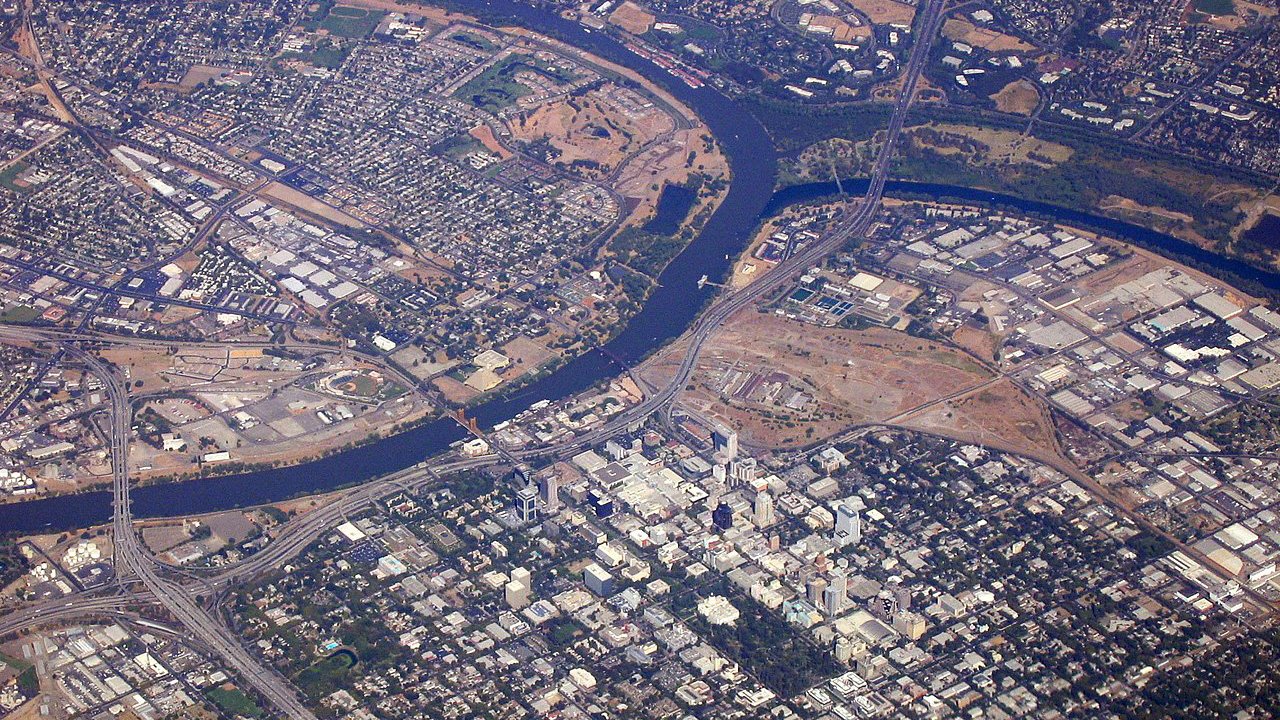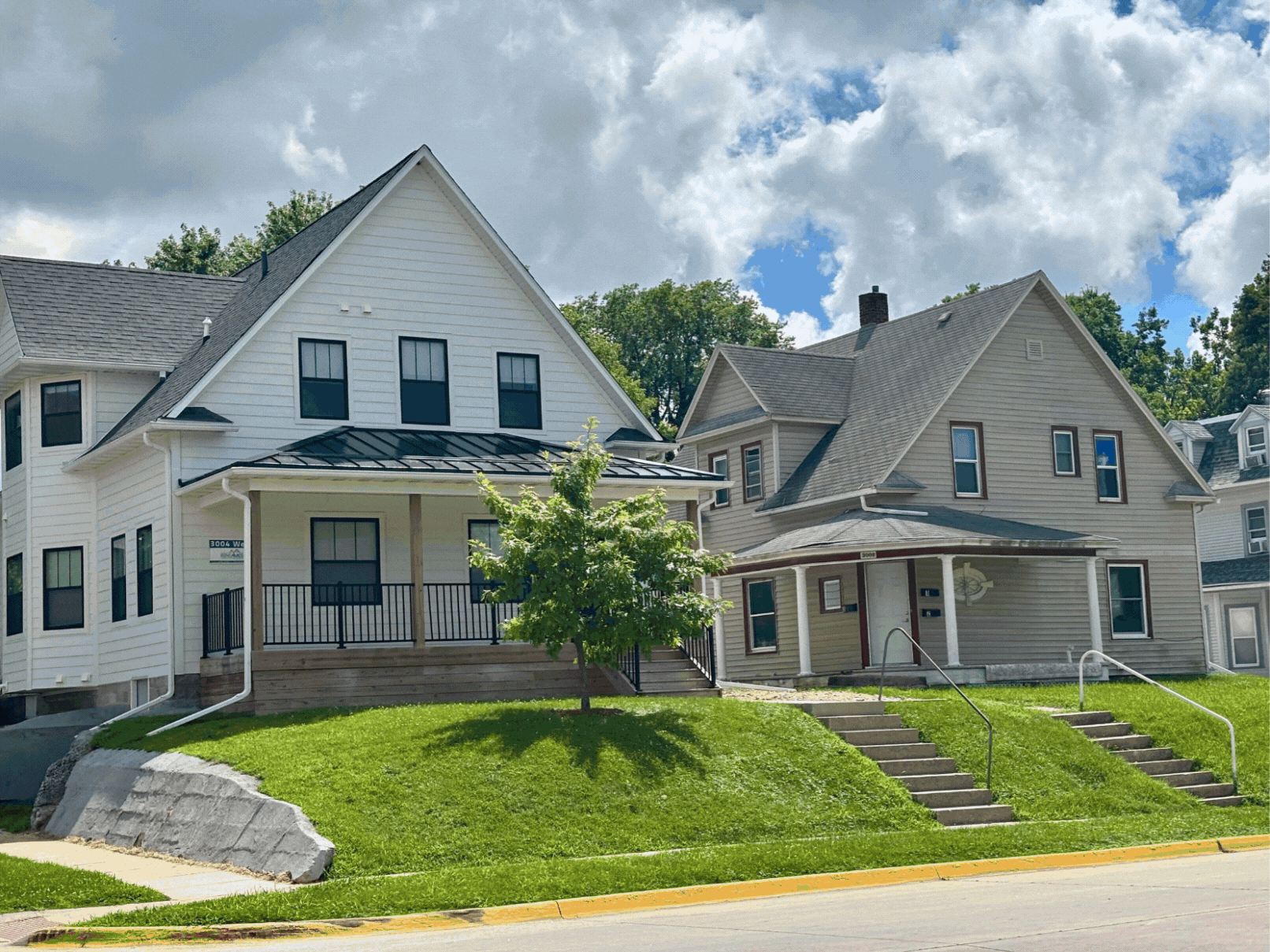21 Years of Growth, 21 Years of Risk: What Sacramento’s Budget Really Says
Sacramento looks like a city on the rise. The skyline is growing, revenues are up, and new developments suggest momentum. But how solid is the foundation beneath that growth? A new tool from Strong Towns is helping residents dig into the numbers to find out.
Strong SacTown, a local group in California’s capital, used the Strong Towns Finance Decoder to analyze two decades of city financial reports. Their goal: to better understand how Sacramento is really doing.
What they found raises important questions. Revenues are rising, but so are long-term obligations. Infrastructure is aging faster than it’s being maintained. And with a sizable chunk of income tied to state and federal dollars, the city’s financial stability may be more vulnerable than it appears. It’s a closer look that cities everywhere could benefit from taking.
Growing Revenues, Growing Liabilities
The group’s findings begin with some seemingly good news. Over the past decade, city revenues have climbed at a steady pace. But that growth has not been enough to offset long-term fiscal imbalances. According to Strong SacTown’s analysis, the City of Sacramento has spent $1.5 billion more than it has saved over the past two decades.
One of the most alarming trends identified by the group relates to infrastructure. Deferred maintenance is more than a budgetary line item—it’s something residents feel every time they hit a pothole or see a park fall into disrepair. The Department of Public Works now predicts that the cost to clear Sacramento’s pavement backlog will triple by 2031, while street conditions are projected to worsen. With an urban form heavily dependent on automobiles, failing road infrastructure will continue to affect nearly everyone in the region.
And these problems are not the result of a single bad budget cycle. Instead, they reflect a deeper issue: a pattern of development that emphasizes growth, without ensuring that growth can pay for itself over time.
In addition to long-term liabilities and aging infrastructure, Sacramento faces a significant vulnerability in its revenue structure. Nearly one-fifth of city income comes from state and federal sources, making local finances susceptible to political shifts well outside the city’s control.
While intergovernmental support can provide valuable funding, it also introduces uncertainty. Strong SacTown’s analysis warns that this dependence constrains the city’s ability to respond to downturns, invest strategically, or plan long term without risking sudden shortfalls.
Understanding the Problem—And Building the Response
Strong Towns has long cautioned that most American cities are on precarious financial footing. While financial reports have always been publicly available, their complexity has made meaningful insights elusive—accessible in theory, but unreadable in practice.
The Finance Decoder changes that. It gives residents and advocates a way to decode complex fiscal data and start conversations grounded in reality. Strong SacTown is using this information to push for smarter investments and a stronger budget—one that prioritizes maintaining existing assets and avoids digging deeper holes.
Want to know where your city stands?
Explore the Finance Decoder for yourself and consider becoming a Strong Towns member to help support local advocates working for change in communities across the country. Cities can’t fix what they can’t see. Strong Towns members are helping illuminate the hard truths behind municipal budgets—and fueling a nationwide effort to rethink how we build—and budget for—our cities. Join us.
Correction: This article originally emphasized the correlation between a decision on the Sacramento Downtown Commons project with a decline in the city’s financial position. This change in the trend line was actually caused by a GASB-mandated change in how cities report pension liabilities in FY 2014-2015.





